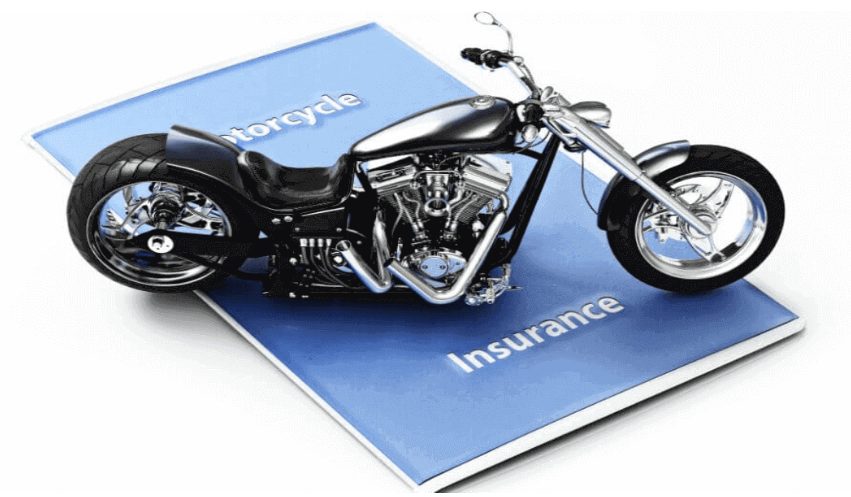Bootstrap is widely used front-end development framework which is free and open source. It makes it very easy to design sophisticated appearing web pages with ease without coding everything from scratch. However, before using it, the user needs to have a familiar knowledge of CSS classes and their components. Users new to this platform may find it difficult to understand how it’s working and make changes to it.
Another drawback of bootstrap is ” bloated code ” . It occurs because it comes with pre-built components and styles that in turn increases the size of the files which is not necessary for some websites. Ultimately , this increases the page loading time of the websites , making it slower. Bootstrap is not for someone who wants a unique design as majority of the sites that uses bootstrap looks identical in terms of design .
To Overcome these drawbacks of Bootstrap, we’ve took it in our hands to provide the best alternative to Bootstrap that will transform the way you approach web development. This game-changing list of bootstrap alternatives offers a fresh perspective and a host of innovative features that will leave you eager to explore more. Scroll down to know all about them and see which one fits your web development requirements.

Semantic UI
Semantic UI is a free open-source framework that uses CSS and jQuery to build user interfaces. It is a great alternative to Bootstrap as it offers various components that can be utilized your website that will make your webpage look more amazing. This platform is becoming popular day by day because of its various features other than above. Its strong community support makes it more reliable for new users to use the platform especially whenever they encounter any problem. It provide elegant look and makes he user interface(UI) more interactive with minimal effort. The use of subtle animations and thoughtful placement of elements contributes to an engaging and user-friendly experience. Apart From this, Semantic UI provide a variety of themes and CSS, JavaScript and other front-files.
When it comes to utilizing Semantic UI, there are two convenient methods to get started. The first method is downloading min.css file from the official Semantic UI website and then incorporating it directly into your project, allowing you to work offline without any hassle. Alternatively, you can add the Semantic UI content delivery network (CDN) link to the head section of your project. Both option are good and offer flexibility based on your specific requirement. Consider exploring Semantic UI for the best and hassle free experience.
Pure CSS
Pure CSS serves as a CSS framework and comprises a collection of free and open-source resources that are designed for creating responsive websites and web applications. The use of Pure.css makes it simple for users to build quick-loading, mobile-friendly websites that look amazing on any device. Its lightweight design ensures that the websites load swiftly, providing users a smooth experience. Furthermore, its modular structure allows users to customize and adapt the component easily, providing flexibility to alter the website to the required need. Additionally, the websites that are created using this framework will be responsive, meaning they can adapt to various screen sizes and resolutions, ensuring the best fitted appearance across various devices.
In addition to providing a basic set of styles, Pure.css also includes several pre-designed UI components that you can use to quickly create common user interface elements, such as buttons, menus, forms, and grids. Exploring Pure.css as an alternative to Bootstrap will offer users a mesmerizing experience. It is easy to use and comes with a variety of components and themes.
Tailwind CSS
Tailwind CSS is a unique open-source CSS framework that stands out from other frameworks like Bootstrap. Unlike Bootstrap, it doesn’t offer predefined classes for elements such as buttons or tables. Instead, it provides a set of “utility” CSS classes that allow you to style each element by mixing and matching. such as buttons or tables. With Tailwind CSS, you don’t have to come up with unique and sometimes unusual names for CSS classes and IDs. This leads to a more streamlined codebase with minimal lines of code in your CSS file, making it easier to manage and maintain. Tailwind CSS enables you to easily customize the designs of various components according to your liking.
Furthermore, Tailwind CSS enables you to make specific and localized changes to your styles without affecting the entire website. This is achieved through the use of utility classes, which apply styles at the component level, resulting in more controlled and granular changes. Unlike traditional global CSS, where changes affect all linked HTML files, Tailwind CSS gives you the flexibility to make modifications in a more targeted and modular manner. Adding Tailwind CSS is same as the other alternatives , firstly either installing it in the server or just by adding the CDN.

Materialize
Materialize CSS is best for those of you who want a full Bootstrap alternative that integrates well with other languages, needs lightweight code. Materialize offers in-built responsive designing and standard CSS with minimal footprint. It also provides new versions of common user interface controls, such as buttons, checkboxes, and text fields, that are adapted to follow Material Design concepts.
Furthermore, Materialize includes enhanced and specialized features like cards, tabs, navigation bars, toasts, and more. It is free to use and requires the jQuery JavaScript library to function properly. Additionally, it is cross-browser compatible and can be used to create reusable web components and wants to use Material Design on your project.
Bulma
Bulma CSS is a great choice for your project because it offers a responsive, mobile-first layout, meaning it prioritizes the mobile version of your website for an optimal user experience. Additionally, it is modular, which means you can include only the components you need for your site, preventing unnecessary code from affecting your website speed. This modularity allows for greater flexibility and customization to meet your specific project requirements.
Conclusion
After reading this article, you may have realized that Bootstrap is not the only way to add components to your webpages. There are many other frameworks you can explore to make your website unique and attractive with minimal effort. As you continue to expand your web development knowledge, consider trying out the bootstrap alternative that best suit your needs and enhances your web projects. Happy coding!








